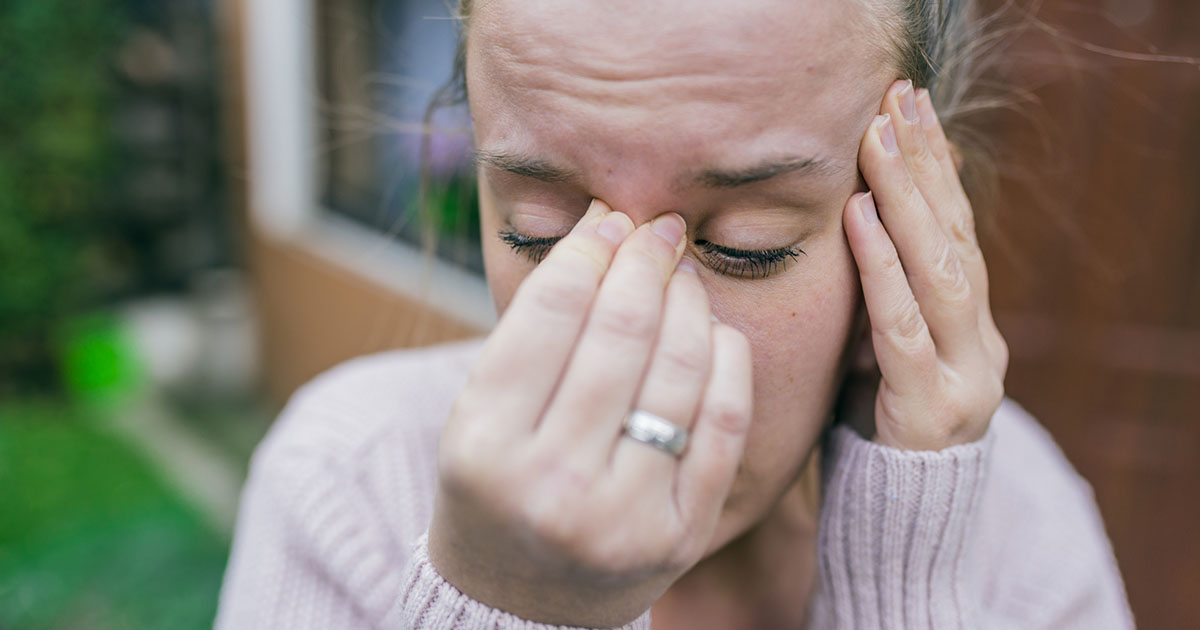Guide To The Most Common Bacterial Infections
Food Poisoning

Food poisoning and foodborne illness are terms used to describe when microorganisms from contaminated food or drink are introduced to an individual's stomach and cause tissue damage. This introduction of pathogens to the stomach is most commonly caused by incorrect food handling or contamination during production and or processing of food. The most common types of bacteria implicated in food poisoning are salmonella, shigella, Clostridium difficile, Campylobacter, and Escherichia Coli. Symptoms of food poisoning include nausea, vomiting, abdominal pain, abdominal cramping, fever, bloody or watery diarrhea, appetite loss, and chills. Some individuals who have food poisoning progress to the point of being dehydrated as a complication of their infection. The onset of symptoms depends on the specific type of bacteria that is causing food poisoning. Diagnosis of food poisoning is made with the use of a physical examination, blood tests, and a stool culture. Treatment for bacterial food poisoning includes the use of antibiotics, intravenous electrolytes, and intravenous fluids.
Sinusitis

Sinusitis is a condition where the paranasal sinus cavities in an individual's skull are invaded by a pathogen that causes damage to the lining of the sinuses. Sinusitis develops when some mechanism causes the linings of the sinus channels to become swollen and inflamed, leading to the accumulation of fluid in the sinus cavities. Swelling of the sinus channels is most commonly caused by a virus, allergies, swimming, or a tooth infection. The blocked sinus cavities are a stable environment for bacteria to thrive and reproduce, causing the development of sinusitis. Individuals affected by bacterial sinusitis experience symptoms such as pain in the face, nasal congestion, post-nasal drip, upper jaw pain, yellow or green nasal discharge, fever, cough, feelings of pressure or fullness in the ear, headache, and a decreased ability to smell. Diagnosis of sinusitis is made with the use of physical examination, nasal cavity endoscopy with or without culture, sinus endoscopy with or without culture, and CT scan. Sinusitis is treated with the use of antibiotics to kill the causative bacteria, nasal saline rinses, and pain medication.
